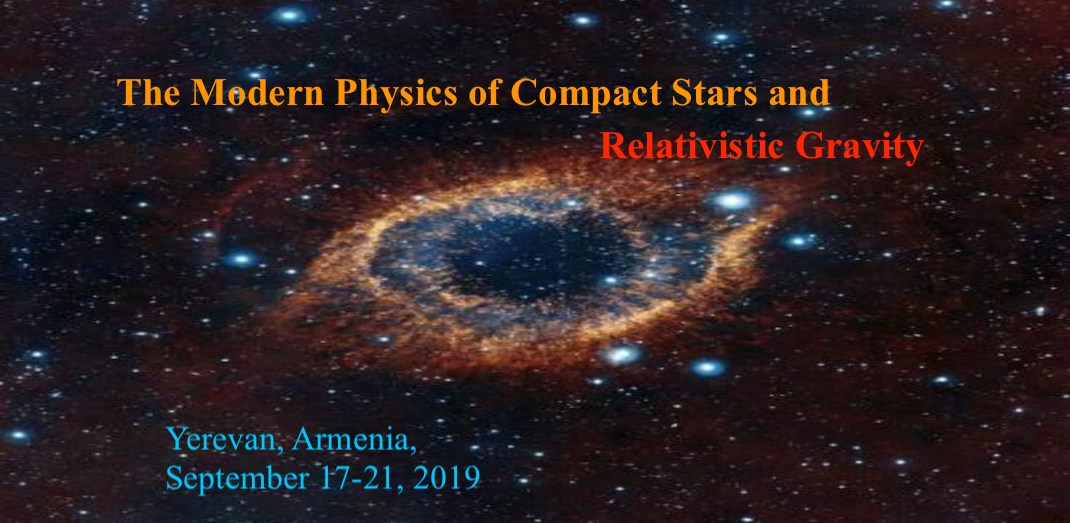Speaker
Description
The change in mass of the protoquark stars during their cooling is studied. When a supernova explodes, its central part shrinks so quickly that the lepton charge due to weak processes does not have time to change. Therefore, the chemical equilibrium is established after the formation of the protoquark star with a temperature of 1012 K, when the star's matter is opaque to neutrinos. It is shown that in this state the thermal energy reserves of the hot quark matter are huge: up to 20-40 percent of the total energy. This state of the star does not last long, but it can play a crucial role in the future fate of the star. When it cools down, all this energy leaves the star. Therefore the mass of the cooled quark star will be less than the mass of the original protoquark star by 20–40 percent too.
The maximum masses of cold and hot quark stars differ slightly. Consequently, among the existing quark stars, the number of massive stars will be relatively less. This may also be for protoneutron stars too.
Yerevan State University.
ghajyan@ysu.am




